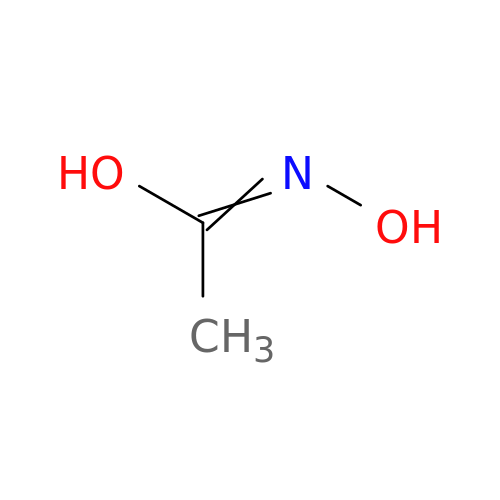| Biological Process |
GO:0007568 |
aging |
| Biological Process |
GO:0071276 |
cellular response to cadmium ion |
| Biological Process |
GO:0071460 |
cellular response to cell-matrix adhesion |
| Biological Process |
GO:0034614 |
cellular response to reactive oxygen species |
| Biological Process |
GO:0071492 |
cellular response to UV-A |
| Biological Process |
GO:0030574 |
collagen catabolic process |
| Biological Process |
GO:0007566 |
embryo implantation |
| Biological Process |
GO:0035987 |
endodermal cell differentiation |
| Biological Process |
GO:0030198 |
extracellular matrix organization |
| Biological Process |
GO:0007507 |
heart development |
| Biological Process |
GO:0043066 |
negative regulation of apoptotic process |
| Biological Process |
GO:2001258 |
negative regulation of cation channel activity |
| Biological Process |
GO:2001268 |
negative regulation of cysteine-type endopeptidase activity involved in apoptotic signaling pathway |
| Biological Process |
GO:2000697 |
negative regulation of epithelial cell differentiation involved in kidney development |
| Biological Process |
GO:0048147 |
negative regulation of fibroblast proliferation |
| Biological Process |
GO:2001243 |
negative regulation of intrinsic apoptotic signaling pathway |
| Biological Process |
GO:0045766 |
positive regulation of angiogenesis |
| Biological Process |
GO:0043065 |
positive regulation of apoptotic process |
| Biological Process |
GO:0030335 |
positive regulation of cell migration |
| Biological Process |
GO:0043388 |
positive regulation of DNA binding |
| Biological Process |
GO:0045742 |
positive regulation of epidermal growth factor receptor signaling pathway |
| Biological Process |
GO:0051549 |
positive regulation of keratinocyte migration |
| Biological Process |
GO:0002687 |
positive regulation of leukocyte migration |
| Biological Process |
GO:0001934 |
positive regulation of protein phosphorylation |
| Biological Process |
GO:1900122 |
positive regulation of receptor binding |
| Biological Process |
GO:0090200 |
positive regulation of release of cytochrome c from mitochondria |
| Biological Process |
GO:0031915 |
positive regulation of synaptic plasticity |
| Biological Process |
GO:1904707 |
positive regulation of vascular associated smooth muscle cell proliferation |
| Biological Process |
GO:0006508 |
proteolysis |
| Biological Process |
GO:1904645 |
response to amyloid-beta |
| Biological Process |
GO:0042493 |
response to drug |
| Biological Process |
GO:0006979 |
response to oxidative stress |
| Biological Process |
GO:0001501 |
skeletal system development |
| Biological Process |
GO:0048771 |
tissue remodeling |
| Biological Process |
GO:0019087 |
transformation of host cell by virus |
| molecular function |
GO:0004175 |
endopeptidase activity |
| molecular function |
GO:0001968 |
fibronectin binding |
| molecular function |
GO:0042802 |
identical protein binding |
| molecular function |
GO:0004222 |
metalloendopeptidase activity |
| molecular function |
GO:0008237 |
metallopeptidase activity |
| molecular function |
GO:0008233 |
peptidase activity |
| molecular function |
GO:0044877 |
protein-containing complex binding |
| molecular function |
GO:0004252 |
serine-type endopeptidase activity |
| molecular function |
GO:0008270 |
zinc ion binding |
| cellular component |
GO:0062023 |
collagen-containing extracellular matrix |
| cellular component |
GO:0005615 |
extracellular space |
| cellular component |
GO:0032991 |
protein-containing complex |


